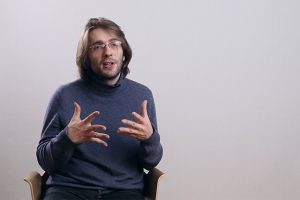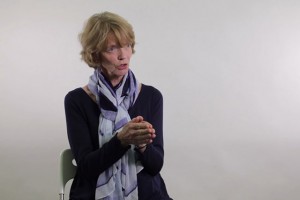Philosophy of Logic
Philosopher Dennis Bonnay on logical pluralism, the liar's paradox, and reflective equilibrium
How did the online education experiment start? What universities implemented this method first? What impact do open courses may have on worldwide education? These and other questions are answered by Professor of Physics at MIT Walter Lewin.
Then MIT was the first in the world who got a brilliant idea which is called briefly now OCW which stands for Open Course Ware. It means that MIT would put on the web accessible to anywhere in the world courses, lectures. No one had done yet any video lectures, but there were people who still gave lectures by slides, PowerPoint, and MIT put it on the web, and my lectures were ready, they had already been videotaped. They put my lectures on OCW, and they became practically over night world-famous. The New York Times wrote an article about my lectures in December, 2007, and they called me a web star. Two million people were watching those lectures every year.
It was clear to me that sooner or later universities would not only put their lectures on the web, but would allow you to actually maybe not get a degree but get a certificate which stated that you had successfully passed that course. And that started last year. Stanford University was the first to do that, MIT followed immediately together with Harvard. There are three large organizations which are doing that, one is could Coursera, another is called Udacity, and then there is the Harvard – MIT collaboration which is called edX.
That whole idea is now going viral, it’s spreading like oil all over the world. The courses that are offered online for which you can get credit have the name MOOC courses. The number of people that are registering already now (and it’s just started a year ago) for all the MOOC courses together, so, I include Stanford, Coursera, Udacity, edX, is probably over a thousand courses. And these thousands of courses are taken by millions of people. When my first course became a MOOC course the number of people that registered for the course was about thirty eight thousand. However, after 3-4 weeks there were only 4-5 thousand left.

Philosopher Dennis Bonnay on logical pluralism, the liar's paradox, and reflective equilibrium

Philosopher Patricia Churchland on discoveries in neuroscience, split consciousness, and levels of organisatio...

On biological collections, biobanks, and stakeholder interests